
Review on Efficient Rubber Cement Cleaner: Bestine Solvent And Thinner For Ink, Adhesive, And Parts - 32Oz Can by Tim Arnold

The safest, best odorless sticky gum remover!
I can't live without this stuff. Nearly every thing I buy has stickers on it, that leave gum residue when I peel them off. This solvent has barely any odor at all. It is NOT like "Goop-Off" which has a strong smell. I use this to remove sticky/gum and to final rinse parts when degreasing. I'll clean them first in cheap paint thinner. Then let them drip onto a rag. Then wash them just enough with this to rinse away the smelly paint thinner. Then let dry or blow off with an air gun. This stuff evaporates very quickly. If you get most of the paint thinner off first, then you can collect the runoff of this solvent into a sealable container (glass or metal with good seal, or else this will evaporate right through many plastics!). I can re-use it several times this way. This is a very pure n-heptane. The only other way to get something like this would be 3-10x more $$$ for lab reagent grade n-heptane from a chemical co., which consumers wouldn't be able to purchase anyway. NOTE: Hardware store Naptha is not quite exactly the same thing! Naptha is a mix of petroleum distillates with a certain boiling range (like gasoline), and includes some of hexane(s), heptane(s), and octane(s). There will be tiny amounts of other stuff too, like maybe a trace of benzene (but I think they have to remove that to "as low as reasonably possible" levels). So don't worry about benzene in Naptha. What concerns me is that in recent years some science came out which shows n-hexane to be quite toxic relative to n-heptane. n-hexane is present as a major constituent of naptha. https://en.wikipedia.org/wiki/Hexane#Safety So I like this stuff. Safe. I don't bother with gloves, unless I've already got my hands too dry.The serious hazard is: it's basically like odorless gasoline. So if you are using more than a few mL (a few spoonfuls) indoors, then you need enough ventilation to prevent a vapor cloud from accumulating that could start a flash fire. One other thing: It's almost impossible to pour hydrocarbon solvents from any container without it running down the side and wasting a bunch. So I've tried to keep about 125-250mL (1/2-1 cup) in the house in a little Nalgene wash bottle. Problem: it evaporates very quickly! It basically passes right through plastic bottles, one molecule at a time through the gaps between the polymer chains. So even a sealed plastic container has the same problem. The only squeezable plastic container that holds it without loss is teflon wash and dropper bottles. These are VERY $$$! I look for them on Ebay and found a deal on 4 little 1oz Nalgene FEP droppers for about the price of one new ($69), and I found a 125mL FEP wash bottle for about $60 that to get new, they are about $118 (ouch!). So I'm set now. The stuff doesn't evaporate from these bottles at all, nor does it get contaminated from plasticizers extracted from the plastic--which can be a concern for cleaning optics or semiconductors, in case you are fabbing chips in your kitchen ;-)
- So happy to locate this!
- May cause damage to certain types of finishes or coatings
New products
Comments (0)
Top products in 👓 Fusible Glass Supplies
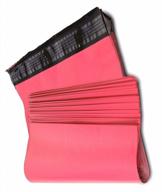
100 Pink Poly Mailers Shipping Envelopes, 10X13 Inches: Shop IMBAPrice Today!

21 Review
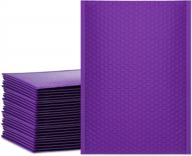
UCGOU Bubble Mailers 9.5X14.5 Inch Purple 25 Pack: Waterproof Boutique Shipping Bags For Clothes

23 Review
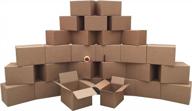
30 UBOXES Moving Boxes & Supplies Kit - Value Economy #2 Corrugated Model

42 Review
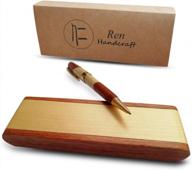
Experience Elegance: Luxury Wooden Ballpoint Pen Gift Set With Business Pen Case Display And Gel Ink Refills

22 Review
Another interesting products
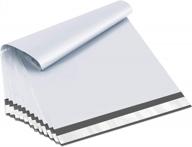
UCGOU White Poly Mailers 9X12 Inch Pack Of 200 - #3 Strong Shipping Bags For Boutique Packaging, Small Business, Books, And Clothes - Waterproof, Tear Proof, Self-Seal Adhesive Postal Envelopes

35 Review
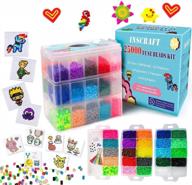
25,000 Pcs Fuse Beads Kit By INSCRAFT - 26 Colors 5MM Including 127 Patterns & 4 Pegboards + Ironing Paper & Tweezers

37 Review
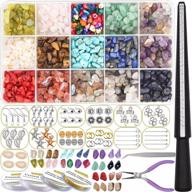
EuTengHao 1100Pcs Irregular Chips Stone Beads Natural Gemstone Beads Kit With Earring Hooks Spacer Beads Pendants Charms Jump Rings For DIY Jewelry Necklace Bracelet Earring Making Supplies

26 Review
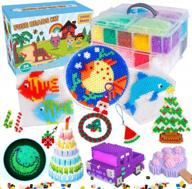
Meland Fuse Beads Kit - 24000Pcs Of 24 Color 5MM Iron Beads Set With Pegboards - Perfect Craft Gift For Kids On Birthdays & Christmas!

37 Review

